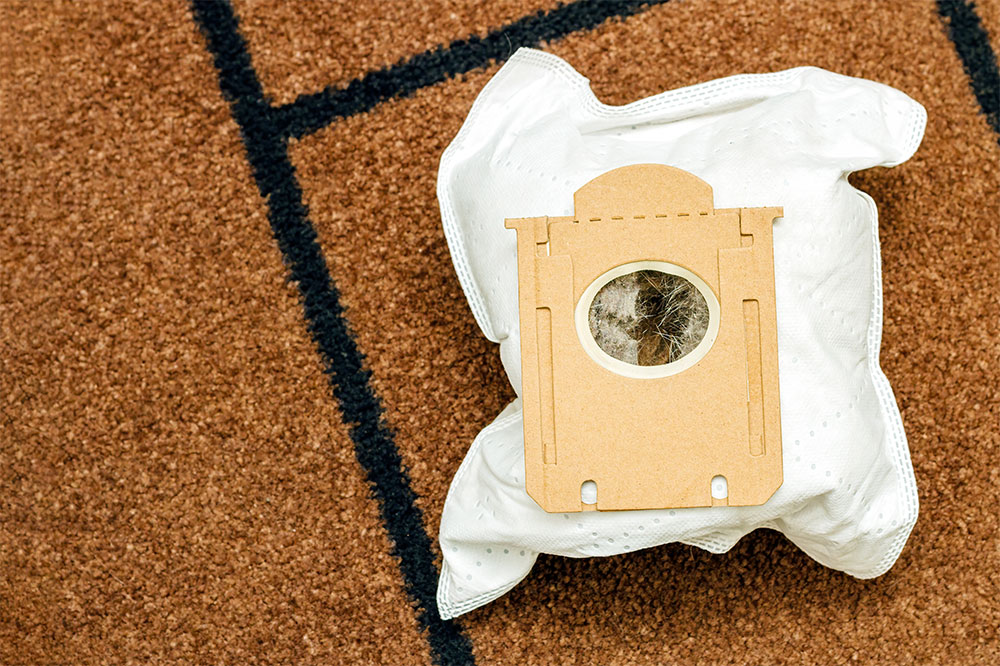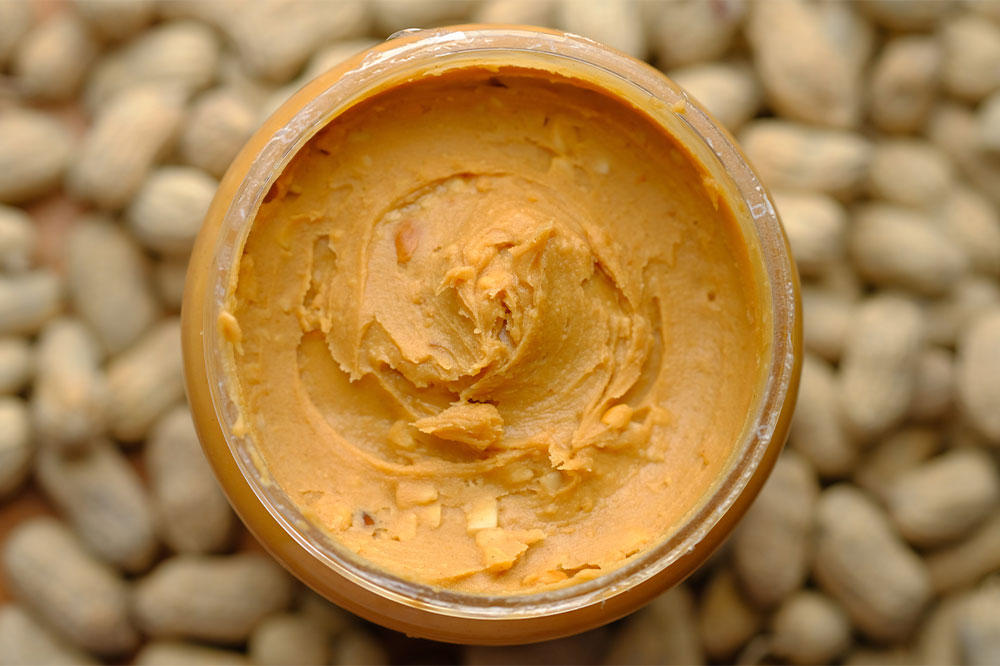24 myths about contraception debunked

Navigating the landscape of birth control contraception is essential for anyone seeking to take control of their reproductive health. However, the myths surrounding these methods can lead to confusion and misinformation. Here are some of the common misconceptions about birth control that have been debunked with the facts. By dispelling these myths, individuals can better understand the array of contraceptive options available and select the one that aligns with their unique needs and preferences.
Myth 1: Birth control contraceptives cause permanent damage
Most contraception methods have not been found to cause any type of permanent damage to reproductive health. Any potential side effects are typically reversible after discontinuation.
Myth 2: Using birth control methods leads to hormonal imbalances
While hormonal options exist, there are non-hormonal methods, such as barrier devices and fertility awareness-based methods, that provide effective contraception without altering hormonal balances.
Myth 3: Only women use contraceptive methods
Birth control encompasses a wide range of options for individuals of all genders, including barrier methods and sterilization procedures.
Myth 4: Preventing pregnancy is the only goal of using contraception
While the primary goal of most contraceptive methods is to prevent unwanted pregnancy, some birth control methods can also help manage certain health conditions, such as heavy menstrual bleeding.
Myth 5: Birth control contraceptives do not work after childbirth
Depending on the method, birth control can be effective shortly after childbirth. It is important to discuss options with one’s OB/GYN for postpartum contraception requirements.
Myth 6: Birth control contraceptives inhibit future fertility
With the exception of permanent sterilization methods, most forms of contraceptives are reversible. Fertility typically returns after discontinuation.
Myth 7: There are no health benefits of using contraception methods
Certain contraception methods can help manage conditions like heavy menstrual bleeding and may even provide protective effects against certain cancers.
Myth 8: Contraceptives are immediately effective
Even though some methods provide instant protection, others may require a brief period to reach full effectiveness. It is recommended to use an alternative form of protection in the initial days.
Myth 9: Contraceptive methods are always expensive
There are a variety of affordable birth control options available, and many are covered by insurance plans. Some health clinics also offer low-cost or free options.
Myth 10: Using birth control methods leads to long-term health issues
The majority of birth control methods have been extensively studied and deemed safe for long-term use. The benefits of contraceptives generally outweigh any potential risks associated with their long-term use.
Myth 11: Contraception methods are one-size-fits-all
The process of following birth control methods doesn’t have a one-size-fits-all approach. There are different methods that cater to individual preferences, health needs, and lifestyles.
Myth 12: Taking contraceptives cause mood swings
While some individuals may experience mood changes, it is not a universal side effect. If mood swings occur, it’s important to discuss them with a healthcare provider.
Myth 13: Only younger individuals must use birth control methods
Birth control is not limited by age. It’s a viable option for individuals of all ages who wish to manage and control their reproductive health.
Myth 14: Birth control methods lead to irregular menstrual cycles
While some methods may initially cause changes in menstrual patterns, these typically stabilize over time and return to normal after discontinuation.
Myth 15: The use of contraception involves invasive procedures
Some methods may involve a minor procedure. However, there are many other options, like barrier methods, that are non-invasive and easily reversible.
Myth 16: Birth control methods require prolonged recovery time
For non-invasive methods, like barrier options, there is no recovery period that one has to go through. Also, the recovery time is quite minimal for methods that require a brief procedure.
Myth 17: There are frequent headaches after using contraceptives
While some individuals may experience headaches as a side effect, it is not a universal occurrence. However, if one experiences a persistent and severe headache, it is recommended to consult a healthcare provider.
Myth 18: Birth control methods are not suitable for those with certain health conditions
While certain health conditions may limit the available options, many contraception methods can still be safely used. In such cases, it is recommended to consult a healthcare provider to know what is the best and most effective contraception option for an individual.
Myth 19: It is difficult to obtain contraceptives
Birth control methods are readily accessible through healthcare providers, clinics, and pharmacies. Additionally, many methods can be prescribed via telemedicine services.
Myth 20: Using contraceptives triggers allergic reactions
Allergic reactions to birth control methods are rare. However, if an individual suspects an allergic reaction, they should seek medical attention as soon as possible.
Myth 21: Acne flares are common with the use of contraception
Certain birth control methods, particularly those with anti-inflammatory properties, can help calm inflammation within the skin. In addition, some methods help balance sebum levels, preventing it from clogging pores and causing breakouts. However, it’s important to note that not all birth control methods have the same effects on acne.
Myth 22: Taking birth control disrupts normal sleep cycle
While some individuals may experience changes in sleep patterns, it is not a universal side effect. But if one is experiencing sleep disturbances, it is recommended to consult one’s primary care doctor.
Myth 23: Taking contraception causes hair loss
Hair loss is not a common side effect of birth control methods. If there are any changes in hair health, it is generally attributed to other factors such as nutrient deficiency or extreme stress.
Myth 24: There are changes in vision after taking birth control methods
Vision changes are not a common side effect of birth control methods. If an individual experiences vision problems, they should seek medical advice promptly.
Individuals can confidently make informed decisions about their reproductive health with accurate information. One must choose a method that aligns with one’s health needs and preferences after consulting a healthcare provider.







